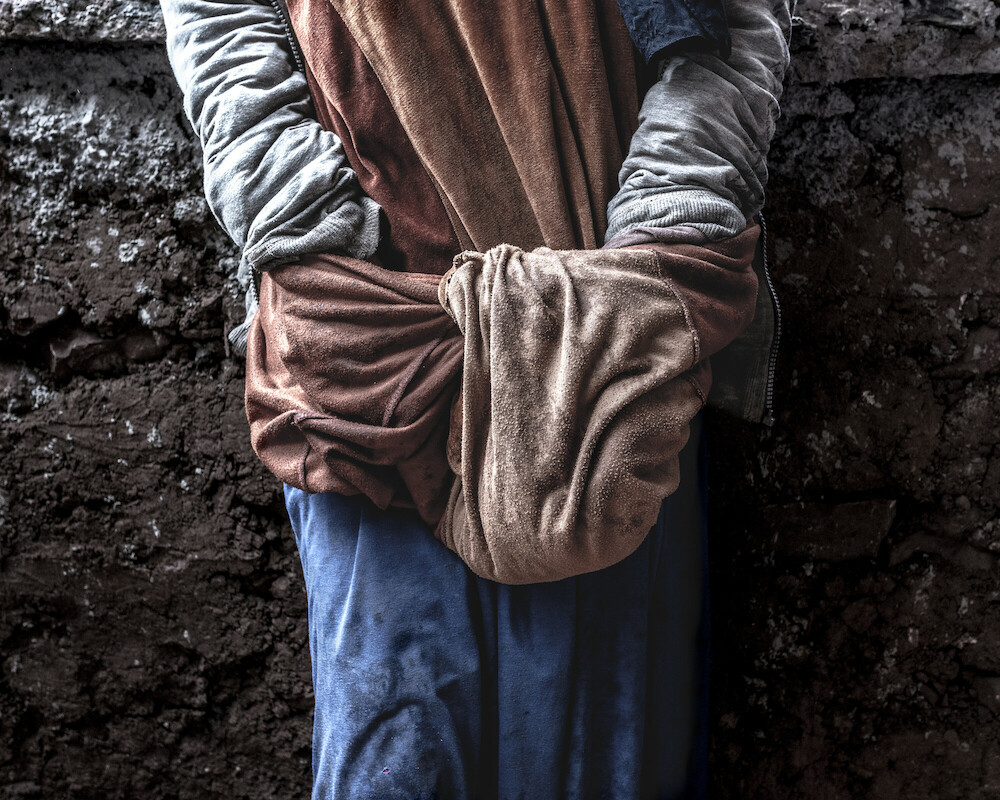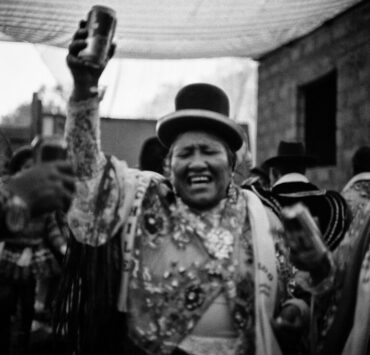Photographs: Elena Lenguas
Text: Adolfo Rodríguez López
We will immerse ourselves in a story of games, smiles, hasty races and shared complicities that change into obligations. A circular narrative that begins casually and becomes serious upon meeting puberty: days that turn into nights and girls who, by becoming women, begin to carry the weight of memory on their shoulders.
Atlas, exhausted and rebellious, condemned by Zeus to maintain the balance of the forces of the universe by carrying on his shoulders the weight of the arch of the heavens, which are thus separated from the earth. Atlas, defiant, descendant of a lineage of powerful deities and strenuous guardian of the primordial concepts: the ocean, the earth, the sun, the moon, natural law and memory. The memory. Atlas, bowed and petrified, place where the sky and the stars rest.
In the confines of the Atlas, in a valley nestled between the mighty mountains that form the backbone of Morocco, separating the Atlantic and Mediterranean façade from the Saharan aridity, live the Imazighen: an ancient ethnic group whose history is a compendium of glory and misfortune, of fragmentation and oblivion. Founders of empires and dynasties, doubly forced to abandon their origins by European colonization and Arabizing policies, resistant to nature and man, and subjected to a movement required for survival, the once wandering nomads, now scattered and assimilated by cultures outsiders, they maintain small redoubts where they are faithful to the heritage of their ancient tradition.
The Imazighen peoples are not homogeneous; neither culturally nor ethnically. They constitute a set of indigenous peoples of North Africa who share roots, as well as common cultural and linguistic traits. One of the pillars that supports their cultural survival is based on the ambiguous relationship they maintain with the Islamic religion, as well as with other state and political institutions, generally determined to homogenize their territory.
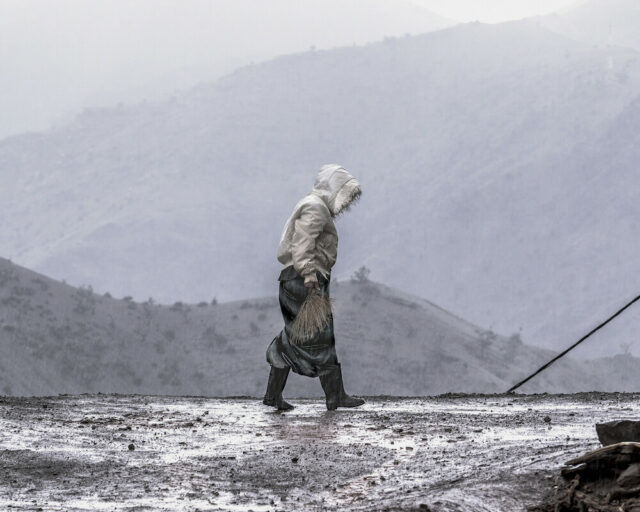
The Tessaout valley, in the Moroccan High Atlas, an enclave enclosed between beautiful features of the landscape, on the way to nowhere and only the end point of sandy and steep trails, forms one of the few homes of the ancestral customs of the Imazighen that, by dint of not being able to look anywhere else in an isolated environment, they decided to continue looking to the past; as if nature, so often hostile in the continuous pilgrimage of this town, had ended up granting a hug in a remote place where life seems inconceivable for the rest.
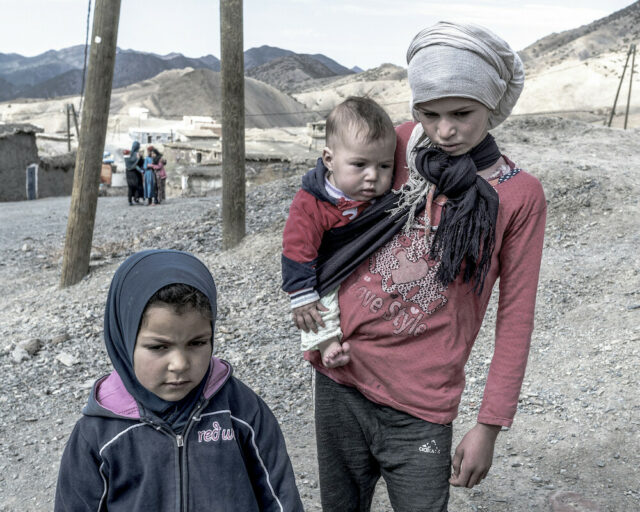
It is in this beautiful valley, with its mineral-colored peaks, its green copper oxide stones, its iron-reddened lands, and its slopes looking into the abyss, where the minority of a minority anchored their adobe houses at the origin of the times. It is in this beautiful valley, among the rocks, hanging from the slopes, camouflaged from modernity under the color of the sand, where among the echoes of solitude and silence, a part of an ancient ethnic group clings to its old and simple traditions, devoid of luxuries and inevitably twinned with the capricious vagaries of nature.
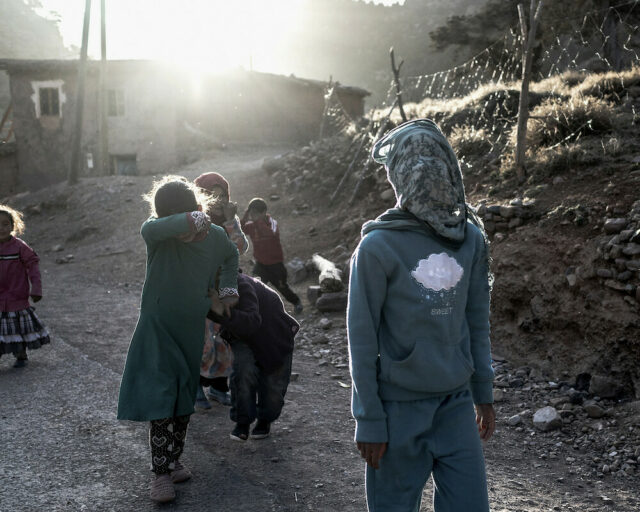
It is this beautiful valley where women, the main custodian of the indomitable character of its people and of a legacy whose origin is lost in the depths of history, wage a silent battle to preserve a bygone language and culture, maintaining the melancholy gaze of those who he treasures the freedom songs of his people, the memories of a world that awaits in his eyes the opportunity to show itself again.
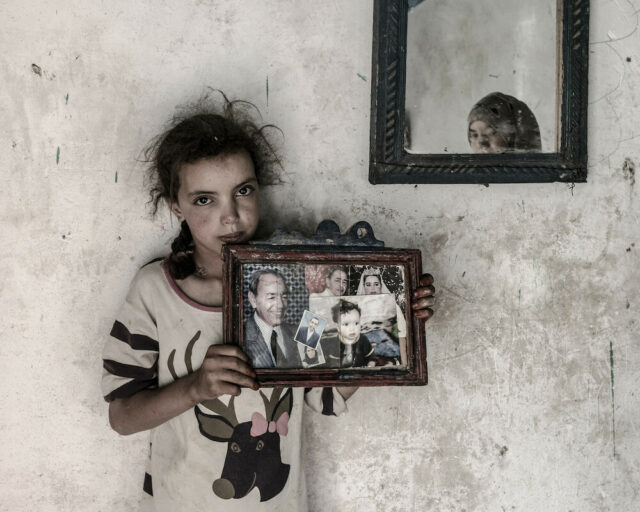
Even though the celebrations in which sexuality and spirituality went hand in hand are far behind in time, a multitude of pre-Islamic contents have survived over the centuries, as well as other cultural traits that owe a large part of their present to the cohesive and transmitter of the Amazigh woman, who represents the buried tradition, the forms of a self-defense that adapts to exist.
This is a story that stops to observe the point at which a world transforms. A story of games, smiles, hasty races and shared complicities that change into obligations. A circular narrative that begins light-hearted and becomes serious upon meeting puberty: days that turn into nights and girls who, by becoming women, begin to carry the weight of the sky and the stars on their shoulders: the weight of memory.
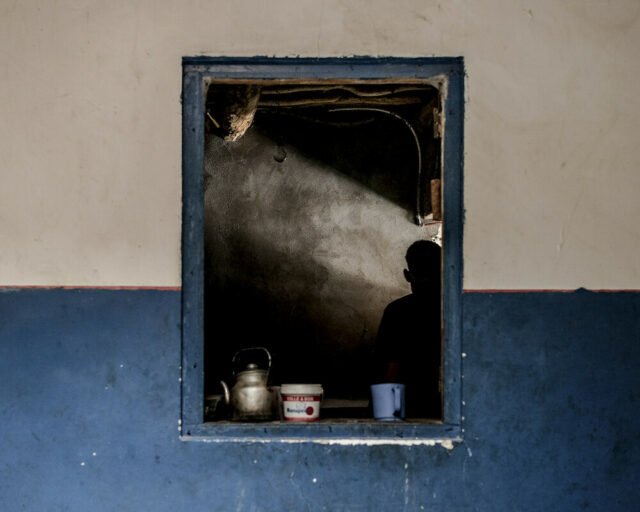
This is, then, a story that is structured around the performance of heavy agricultural work, the care of children, the transmission of knowledge of the environment and the capacities to tame it: a story that is woven with the thread of songs that deal with the harsh conditions of existence, and that falls asleep in warm and modest looks, in eyes that instill an enigmatic and silent respect: the accelerated portrait of a childhood that has not had time to begin to discover itself; girls who will soon be devoted mothers, faithful wives and tireless workers.
It dawns with the first rays of the sun gilding the adobe facades and illuminating the paths, when armed with an ax and a rope, a small body goes out to face the new day. He walks away through the mountains, he gets lost in the undergrowth inventing new paths at every step, he walks firm and determined, impassive in the face of the challenges of a hostile nature. The girl stops, climbs a tree, quickly cuts several branches, deposits them on the ground, groups them, and when she has enough forage for the cattle, she lies down on them, tying them with a rope to her back and gets up. A woman returns home who retraces her invented steps, stealthy, imperturbable, blending her figure with the landscape.
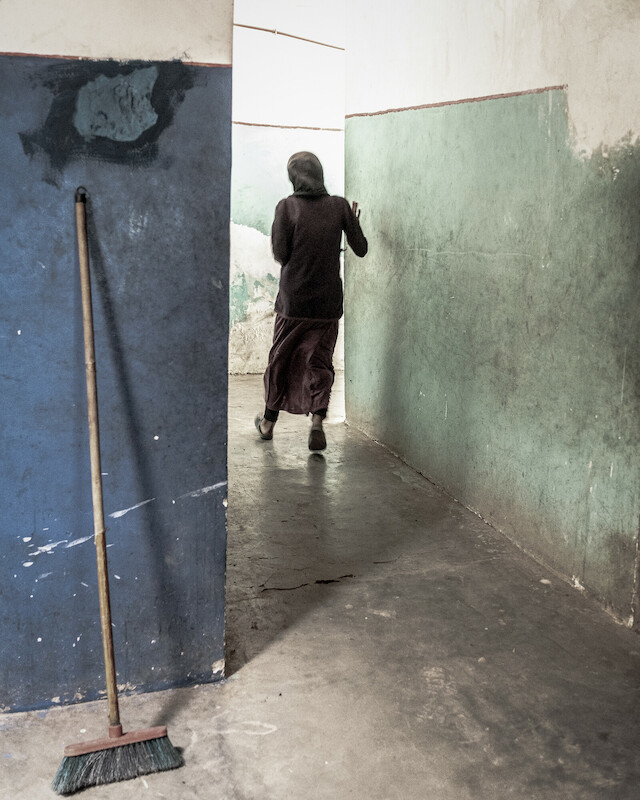
Wounds that cross a skin that is still young but already tanned by wind and sun, by thorns and wheat flour, by fine semolina and tenderness. Wounds that do not allow a break until nightfall, because you still have to go get water, collect firewood for the winter, grind grain, bake bread, collect the fruit of the almond and walnut trees, milk the cows, go down to the river to wash clothes, prepare the orchard for planting, and fulfill endless tasks typical of a life outside technology, which is only accountable to nature. Wounds that mark children’s hands that are learning to weave the thread that leads the memory of their own.
This is also the story of a stubborn resistance that fights not to be diluted in a sea of foreign realities; of hands tattooed with past symbols of henna, of voices that recall a song, of dances to the rhythm of African drums, of harvest festivals, and of collective imaginaries that embrace the individual. The firm denial of defeat, but also the certainty that a people that forgets the thread that intertwines its past and its present, that turns off its song, that forgets its struggle and neglects the repositories of its prayers and beliefs, is condemning her daughters to carry on their shoulders the weight of the sky and the stars.
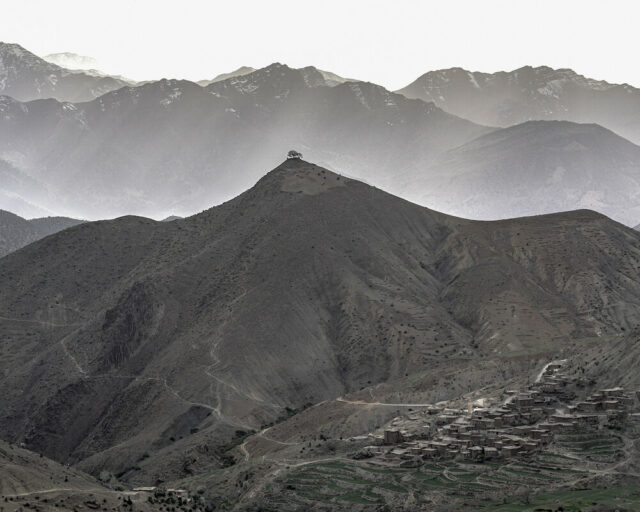
… And while Atlas, petrified, gives shelter to the firmament, a girl will abandon her games and a circular story will begin again at the same point: MENARCHE.
About the Author:
My photographic work revolves around the continuous search for a position from which to weave collective stories. In the search for this space, I intend to flee from the narratives that condemn us to inhabit undifferentiated places; oppose a rupture in the relationship with history and the memory of places, which weakens our ability to combat the re-signification of our ways of life based on the unifying needs of a dominant discourse. Deterritorialization produces amnesia and wraps us in a layer of strangeness and deculturation that is the enemy of any form of beauty.
I have collaborated with several music magazines (masjazz and Enlacefunk) and have worked for several years as a photographer for the NGO “Fundación Acción Geoda”. The result of this photographic work is presented in photobook format: “Menarquia”.
Equipment:
Camera: Sony ILCE 6500
Optics: Zeiss 24 mm 1.8, Sigma 60mm 2.8
Websites:

